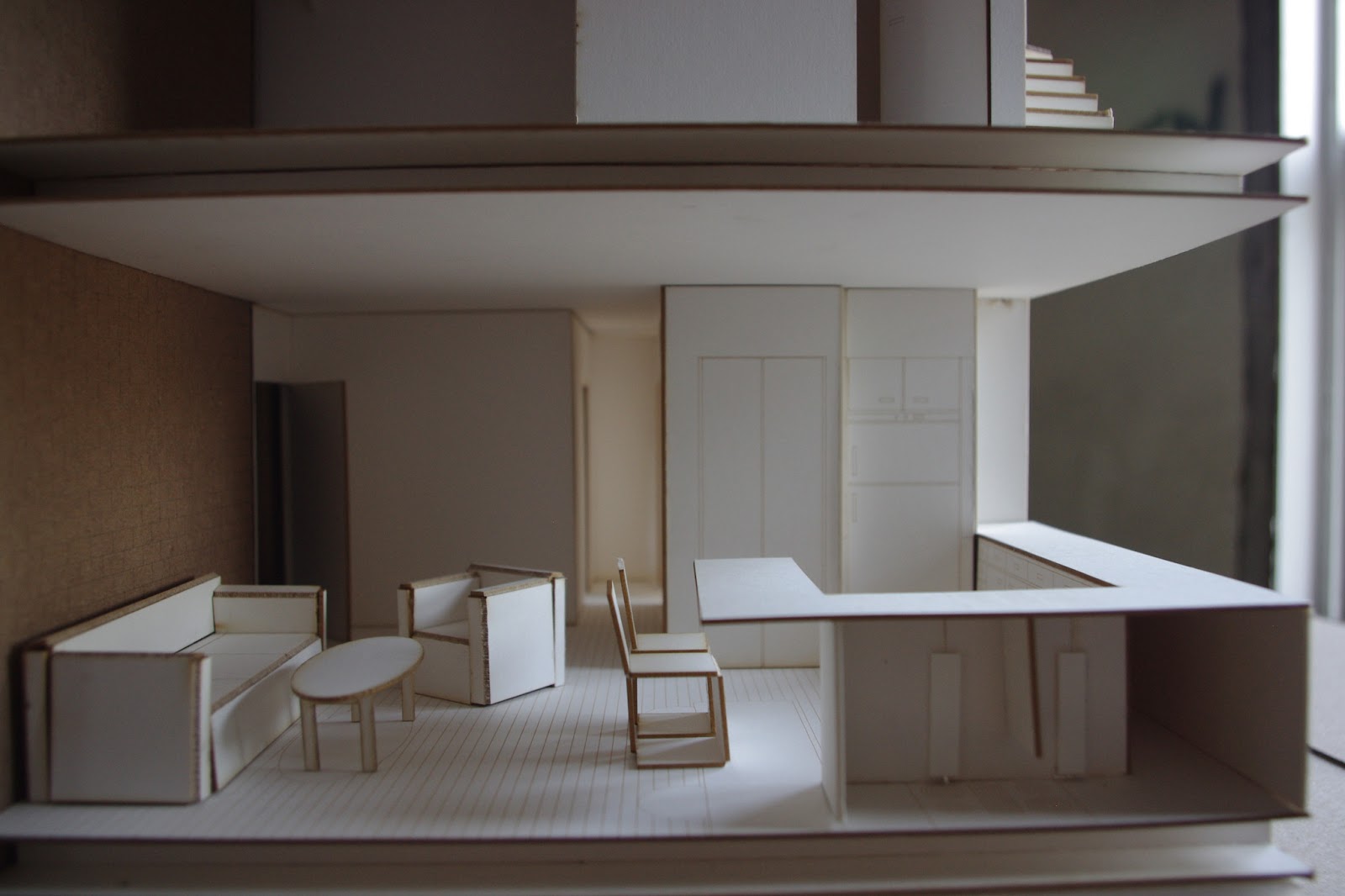Much of my design thinking research had to do with urban revitalization and the issue of the loss of population in formerly industrial urban environments. In the city of St Louis, the Land Reutilization Authority (LRA) owns 11,000 plots of vacant land and structure. The LRA is a city organization that acquires vacant land and structures. The 11,000 plots does not include countless other plots and structures that are not cataloged or that are still owned. Reuse of these buildings and the infill of existing building fabric is something that I focused on. I chose the neighborhood of Midtown because it already has several creative companies that are moving into the neighborhood.
The building I chose was built in 1910 and was formerly a clothing manufacturing and storage warehouse. The building itself is 34,000 square feet, 6 levels and is currently empty. The structure of the building is timber column structure and a load bearing brick exterior wall.
My initial concept studies involved infusing this historic building with new program. I wanted to create an environment that would encourage collaboration and innovation among individuals. The program for the building is something that I am calling a creative arts generator. I was thinking about how the city of St Louis has world class universities and a vibrant, albeit small, creative community that needs space that supports these activities. So if I can provide space and resources for these, would people be enticed to stay or even attracted to move here? The program would cater to creative industries and provide shared resources like material shops, desk spaces, and library resources.
Within the building I wanted to pull apart the existing floors and create a connection through the building vertically. The section diagram pulls space in through the bottom and through the building's middle via an atrium space.
I removed portions of the existing floors to create a section cut through the middle that would encourage movement and connection floor to floor. I also added new construction with an addition to the east wall by cantilevering floors to create the extra space needed for the new program.
Around the new construction I added a screen that would articulate the removed volumes on the interior onto the exterior. The review itself went pretty good, my panel of critics had a great discussion about the possibilities which is always a good sign. My next steps are to really figure out how the structure work and what the screening element is really like. I think that some things will change but I am excited about what will happen with the project.


















































